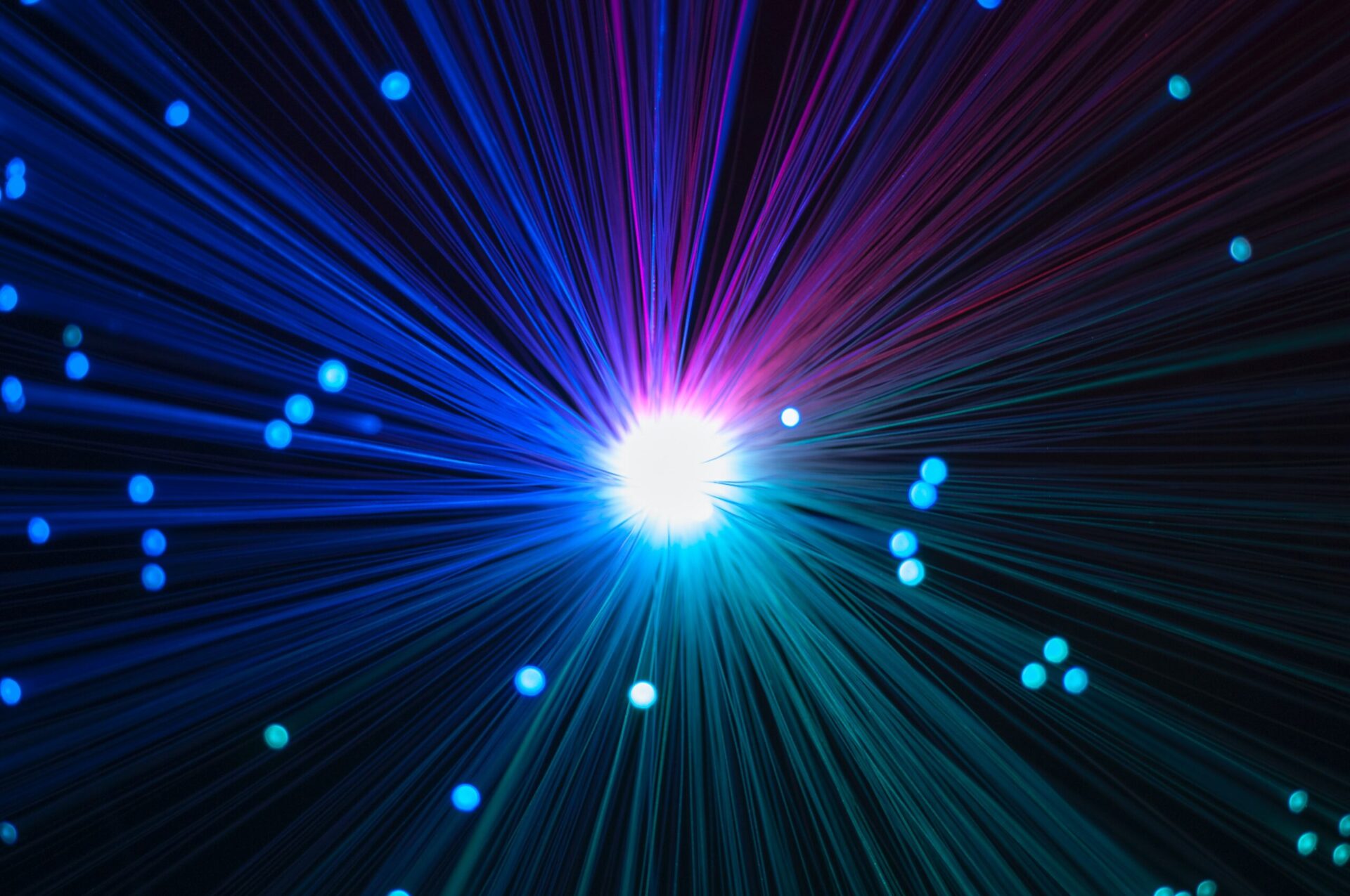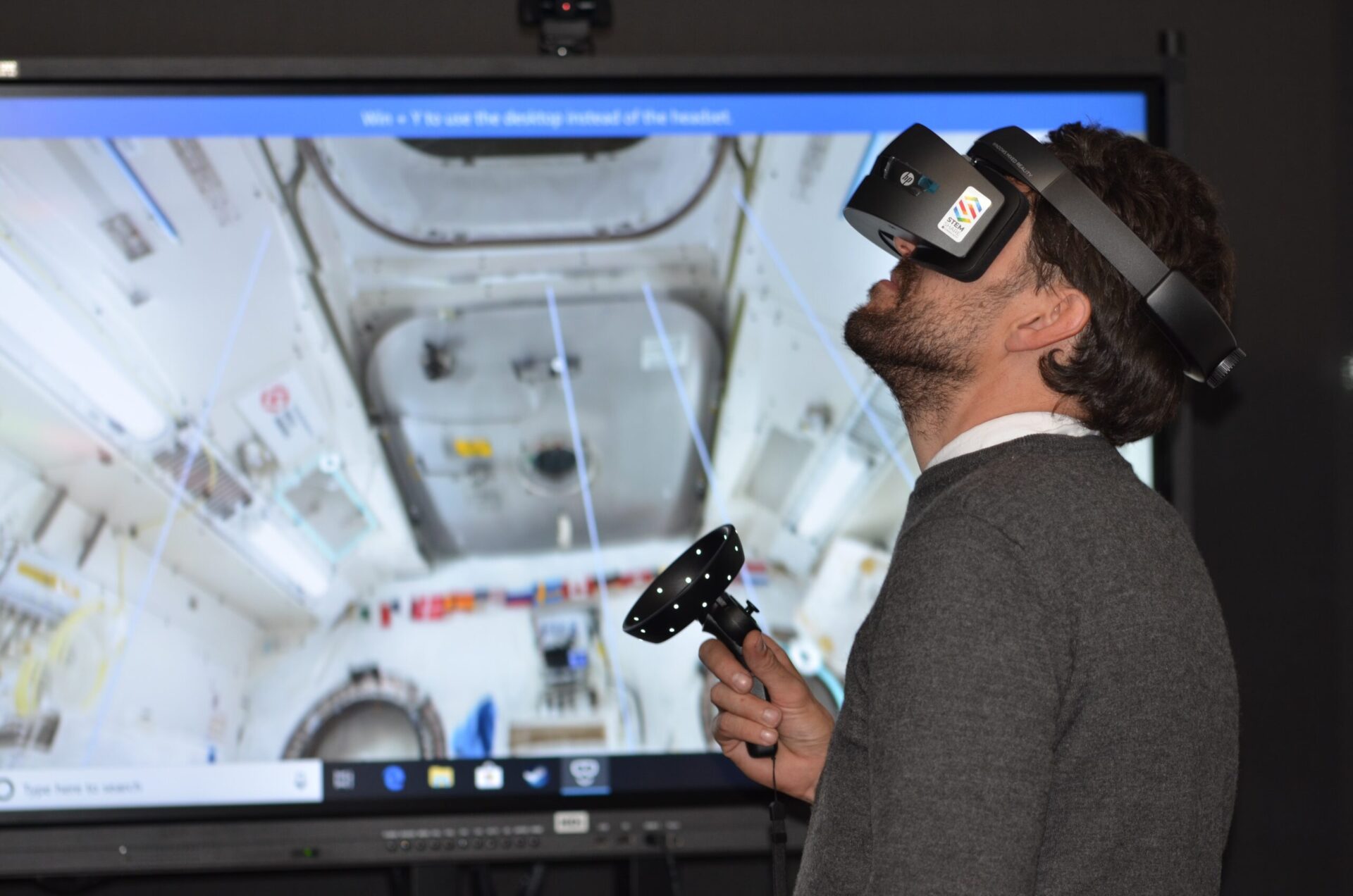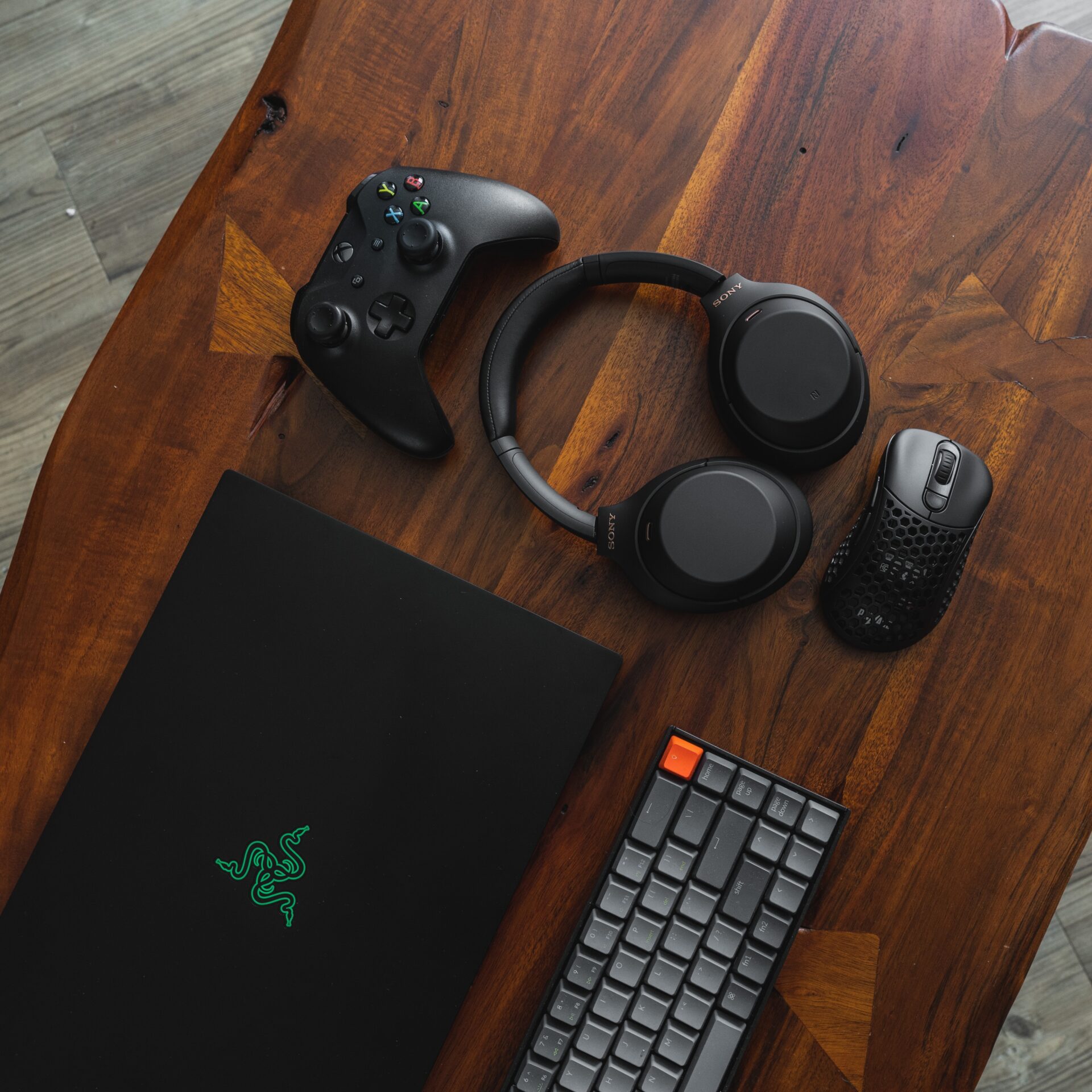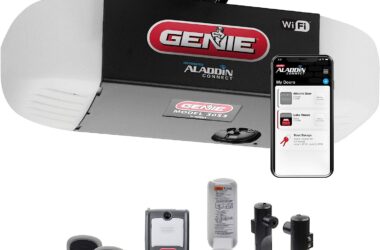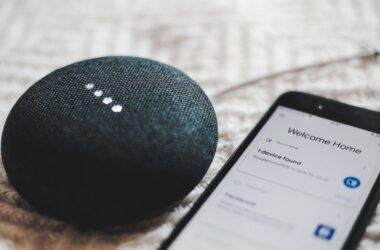Introduction
The Internet of Things (IoT) has emerged as a game-changer, revolutionizing the way we interact with the world around us. From smart homes and healthcare to transportation and agriculture, IoT is transforming industries and enhancing our daily lives. In this article, we will delve into the intricacies of IoT, explore its applications across various sectors, discuss its benefits and challenges, and glimpse into the future of this ever-expanding network of connected devices.
The Basics of IoT
In this section, we will lay the foundation of understanding IoT by explaining its architecture, components, and communication protocols. We will explore the diverse types of IoT devices and highlight examples of their functionality. Additionally, we will shed light on the role of sensors and actuators in capturing and acting upon data within IoT systems.
The basics of IoT revolve around understanding its architecture, components, communication protocols, types of devices, and the role of sensors and actuators. Let’s explore each aspect in more detail:
- IoT Architecture: IoT architecture refers to the structure and design of the system that enables the connectivity and communication between devices. It typically consists of the following layers:
- Perception Layer: This layer involves sensors and actuators that interact with the physical environment, collecting data and performing actions.
- Network Layer: This layer establishes the connection and facilitates the transfer of data between devices, often utilizing wireless communication protocols.
- Application Layer: This layer includes the software applications and platforms that process and analyze the collected data, enabling intelligent decision-making and control.
- Components of IoT: IoT systems comprise several key components, including:
- Devices: These are physical objects embedded with sensors, processors, and communication capabilities. Examples include smart home devices, wearable gadgets, industrial sensors, and vehicles.
- Connectivity: IoT relies on various communication protocols, such as Wi-Fi, Bluetooth, Zigbee, LoRaWAN, and cellular networks, to establish connections between devices and enable data transfer.
- Cloud Services: Cloud computing platforms play a crucial role in IoT by providing storage, processing power, and scalable infrastructure for handling the massive amounts of data generated by IoT devices.
- Data Analytics: IoT generates a vast volume of data, and data analytics techniques are employed to extract valuable insights and patterns from this data, enabling informed decision-making.
- User Interfaces: User interfaces, such as mobile apps and web portals, allow users to interact with and control IoT devices, monitor data, and customize settings.
- Communication Protocols: IoT devices communicate using various protocols depending on their requirements. Common communication protocols include:
- Wi-Fi: Provides high-speed wireless communication within a limited range, making it suitable for home and office environments.
- Bluetooth: Enables short-range wireless communication between devices, commonly used for connecting smartphones, wearables, and other personal devices.
- Zigbee: A low-power, wireless communication protocol suitable for IoT applications that require low data rates and long battery life, such as home automation and industrial monitoring.
- LoRaWAN: A long-range, low-power protocol designed for IoT devices deployed over a wide area, ideal for applications like smart cities and agriculture.
- Cellular Networks: Utilizing technologies like 4G LTE and 5G, cellular networks enable IoT devices to connect and communicate over long distances, making them suitable for applications like vehicle tracking and remote monitoring.
- Types of IoT Devices: IoT encompasses a wide range of devices that can be categorized into various domains:
- Consumer IoT: These devices are designed for individual consumers and include smart speakers, thermostats, security cameras, and wearable fitness trackers.
- Industrial IoT (IIoT): IIoT devices are used in industries for monitoring and control purposes. Examples include sensors on factory equipment, connected machinery, and predictive maintenance systems.
- Healthcare IoT: These devices focus on remote patient monitoring, medical wearables, smart pill dispensers, and health tracking devices.
- Smart Cities: IoT plays a crucial role in building efficient and sustainable cities, utilizing devices such as smart streetlights, waste management systems, parking sensors, and environmental sensors.
- Agriculture IoT: IoT devices in agriculture aid in precision farming, soil moisture monitoring, livestock tracking, and automated irrigation systems.
- Sensors and Actuators: Sensors are fundamental components of IoT devices as they collect data from the physical environment. Some common types of sensors used in IoT include temperature sensors, humidity sensors, motion sensors, light sensors, and pressure sensors. Actuators, on the other hand, are responsible for taking actions based on the data received from sensors. They can control devices or trigger responses in the physical world, such as turning on lights, adjusting thermostat settings, or activating irrigation systems.
Applications of IoT
This section will showcase the wide-ranging applications of IoT across different industries. We will focus on its implementation in smart homes, emphasizing home automation, energy management, and security. Moving into the healthcare sector, we will explore remote patient monitoring, wearable health devices, and the concept of smart hospitals. Furthermore, we will discuss IoT’s impact on transportation, including connected vehicles, traffic management, and logistics optimization. Lastly, we will examine IoT’s role in agriculture, particularly in precision farming, livestock monitoring, and crop management.
Benefits and Challenges of IoT
IoT brings numerous benefits, and in this section, we will uncover some of its most significant advantages. Improved efficiency, enhanced data collection and analysis, and cost savings are among the key benefits that organizations and individuals can reap from IoT implementation. However, we will also address the challenges associated with IoT, such as security and privacy concerns, interoperability, and scalability issues in handling vast amounts of data.
IoT and Data Analytics
Data analytics plays a vital role in harnessing the power of IoT. In this section, we will discuss how real-time analytics and predictive maintenance empower organizations to make data-driven decisions and optimize their operations. We will explore the synergy between IoT and data analytics, highlighting the ways in which businesses can derive valuable insights from the wealth of information generated by IoT devices.
Future Trends and Innovations in IoT
As IoT continues to evolve, this section will shed light on some of the most promising trends and innovations on the horizon. We will delve into the concepts of edge computing and fog computing, which enhance the processing power and efficiency of IoT networks. The advent of 5G connectivity will also be explored, discussing its potential to enable faster and more reliable IoT communication. Moreover, we will examine the intersection of artificial intelligence, machine learning, and IoT, as well as the utilization of blockchain technology for secure IoT transactions.

Summary:
In the concluding section, we will summarize the key points discussed throughout the article. IoT’s transformative potential in various industries and its impact on our everyday lives will be underscored. As we bid farewell, we will leave readers with a sense of anticipation for the future of IoT and the endless possibilities that lie ahead.
In conclusion, the Internet of Things is reshaping our world, connecting devices, and revolutionizing industries. By understanding the basics of IoT, exploring its diverse applications, and recognizing its benefits and challenges, we can better comprehend its potential. As data analytics and future innovations further propel the growth of IoT, we stand on the brink of a new era of connectivity, efficiency, and opportunity.




